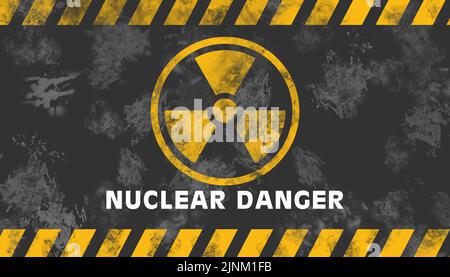
For all of the viruses, higher temperatures lead to faster decay rates ( Figure 2), as would be expected from prior studies of other viruses. Decay trends at 25 and 37 ☌ corresponded to log-linear decay ( r 2 between 0.90 and 0.99). The calculated decay rate constants ( k) and time required for a one log 10 reduction of viral RNA signals ( T 90) for different treatments are reported in Table S1. We tested day 0 and day 3 samples across all treatments and found no significant inhibition (>60% decrease).

Inhibition was monitored by comparing undiluted RNA samples with 1:5 diluted RNA samples, after adjusting for the dilution factor by multiplying by 5. Technical variations across runs were monitored and normalized with the use of interplate calibrators consisting of quantified positive control RNA of each target (see the Supplementary Methods). Analytical limits of detection (ALOD, i.e., lowest copy number assayed) were determined via ddPCR and standard curve and range from 1.42 ± 0.23 to 7.71 ± 1.35 GC/μL ( Table S4). Primers and probes were developed elsewhere and are listed in Table S3. Thermocycling conditions were as follows: reverse transcription at 50 ☌ for 5 min, inactivation at 95 ☌ for 20 s, and 40 cycles of amplification consisting of denaturation at 95 ☌ for 15 s and extension and annealing at 60 ☌ for 1 min. The volume for each reaction was 10 μL with 1 μL of RNA sample. (33)Īll RT-qPCR assays were performed using the TaqMan Fast Virus 1-Step Master Mix (ThermoFisher Scientific) on a CFX384 thermocycler (Bio-Rad). For the noncryopreserved DENV-2 samples, a triplicate microcosm was set up and incubated at 25 ☌, the temperature most frequently found for wastewater in the tropical climate zone. An additional triplicate was heat-inactivated at 60 ☌ for 1 h before being incubated at 6 ☌. Microcosms (10 mL each) were then aliquoted from the virus-spiked wastewater in triplicate and incubated in the dark within incubators at their respective temperatures (6, 25, and 37 ☌). A 200 mL volume of wastewater was spiked with all cryopreserved virus stocks, while a separate flask containing 40 mL of wastewater was spiked with freshly harvested DENV-2 virus.

Half of the harvested DENV-2 were snap-frozen as stated before (i.e., cryopreserved DENV-2), while the rest was kept on ice until microcosms were set up (i.e., noncryopreserved DENV-2). Prior to microcosm setup, DENV-2 propagated in Vero cells was harvested by gentle centrifugation to remove cellular debris (525 g for 10 min at 4 ☌) before the supernatant was collected. Our work suggests that these arboviruses or their RNA could persist sufficiently in wastewater over a range of temperatures, supporting the potential for wastewater-based surveillance of arboviral outbreaks. DENV-2, DENV-3, YFV, ZIKV, and MHV experienced a one log 10 reduction within 3.95–6.21 days at 25 ☌ and within 2.60–5.12 days at 37 ☌, while incubation at 6 ☌ did not indicate substantial decay within 21 days. To determine the feasibility of wastewater surveillance, we investigated the decay of representative arboviruses (including DENV-2, DENV-3, YFV, and ZIKV) along with murine hepatitis virus (MHV) as a surrogate for human coronavirus within a wastewater matrix at 6, 25, or 37 ☌ using RT-qPCR. Reports of urinary shedding of several arboviruses such as Dengue (DENV), yellow fever (YFV), and Zika (ZIKV) viruses suggest the possibility of utilizing wastewater surveillance to assess the prevalence of arboviral outbreaks. Most clinical surveillance of arbovirus outbreaks underestimates the true prevalence as a large proportion of cases exhibit no or only mild clinical symptoms (i.e., are subclinical).

Arboviruses are viral pathogens transmitted by blood-borne vectors that impose a great social and economic burden globally.


 0 kommentar(er)
0 kommentar(er)
